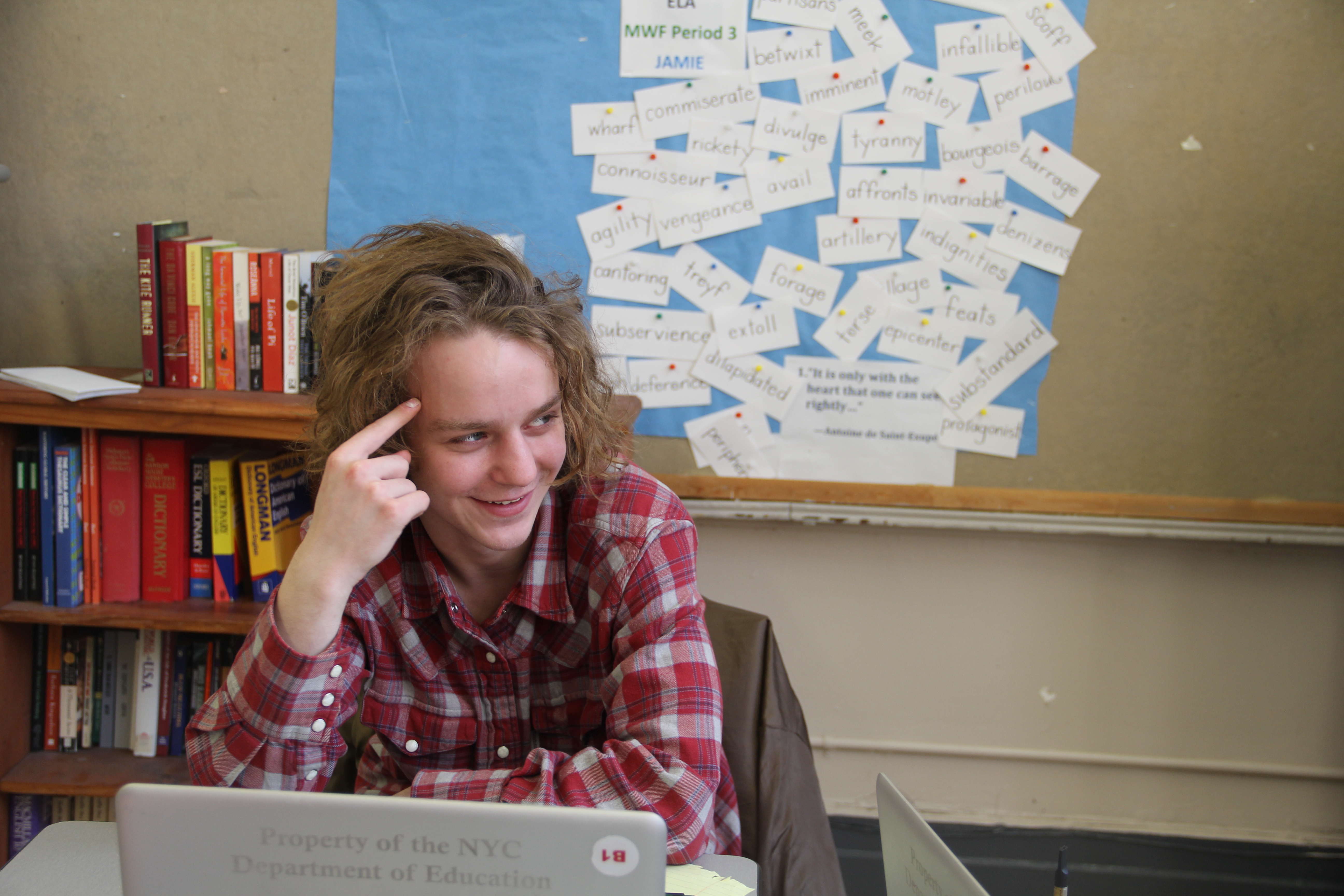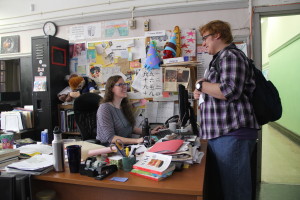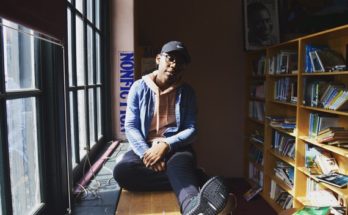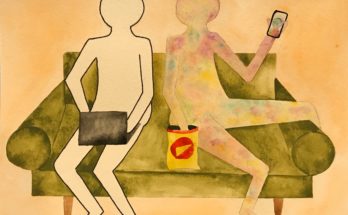
Students shuffled in and out of teacher Jamie Wilber’s office space at Manhattan’s City-As-School high school during class registration in February. They each had two questions about what has been billed as “the zombie class.”
What’s the class about?
Is there still room?
Each student who inquired about the class ended up registering. As Wilber added students to the roster, which in the end included 33 names, she made sure to ask for cell phone numbers. She knew she might need to text or call to track them down.
On any given school day, less than two-thirds of students at City-As-School show up. The unique and more flexible program serves a challenging population: All of the students transferred from other high schools because they were on the brink of dropping out. Some were far behind in credits; others struggled to balance school with life and work responsibilities; some just didn’t fit in a more traditional school environment. At City-As-School, students take academic classes but also get hands-on experience through professional internships. Students have near full autonomy when it comes to class selection and can take virtually any class they feel they need.
Since she interviewed for a job at the school in 2010, Wilber has hoped to use zombies to help instill a love for learning, reading, and critical thought in this hard-to-reach student population. She started with a zombie film class; this semester’s Apocalyptic Worlds and Dystopian Literature class is new, and builds off the popularity of the film class. “A lot wanted to retake it, so I wanted to do something different,” Wilber said. “I wanted it to have a literary focus.” This semester, Wilber is on a crusade to use provocative themes, and the zombie tie-in, to get more of City-As-School’s notoriously weary readers to pick up a book – and come to class.

On the first day of class, everyone showed up on time. Wilber created a dystopian society within her West Village classroom to show how dehumanizing they can be. She divided students up at random, giving them tasks ranging from simple addition to deciphering a Latvian report on the Baltic Sea. The activity segued into the second class a couple days later, when students began reading.
She started with a “do now” activity, asking students to write about prompts including reincarnation, the after life, religion and politics. After a quick refresher on literary devices, the class read half of Kurt Vonnegut’s “2 B R 0 2 B,” a short story about a future in which no one ages. Ollie Foster, a student who struggled with attendance, volunteered to read aloud. Some students furtively tapped away on their phones, but most paid attention, with the class taking frequent breaks from reading to point out metaphors in the text and ask about vocabulary words.
Wilber is meticulous in her lesson planning, and tries to customize her approach to meet student needs to the extent possible. The main goal is to get students reading. “I’m tricking them into liking it,” Wilber said. “It’s a gateway into having a love for reading and writing.”
She decided short stories would be a good introduction to reading and not intimidate absent students from coming to future classes. At the end of the second class, Wilber was happy. Students volunteered to read and made insightful notes about literary devices. “I love the way you guys are thinking!” Wilber exclaimed.
Colleges have started offering specialized courses in zombies and related themes, but it’s rare to find this kind of course at the high school level, said Kyle Bishop, the English department chair at Southern Utah University who wrote his doctoral dissertation on zombies. To his knowledge, there isn’t another course like Wilber’s being offered at the high school level.
“You can teach critical thinking and reading…with just about any text,” Bishop said. “Especially when you’re trying to target struggling students, I think it’s a really smart idea to have these pop culture classes where you can get them in the door.”
In recent years, “zombie” courses have started to proliferate in colleges and graduate schools as their popularity in pop culture also grows. The University of Pennsylvania offers “A Zombie’s History of Medicine and Technology.” Harvard offers a 20th-century history and literature class with a zombie focus. Michigan State University offers a zombie apocalypse survival class.
It’s not the first time pop culture has entered into the academic world, Bishop said. In the 1990s, a whole slew of “Buffy the Vampire Slayer” courses — and even popular studies degrees with the concentration — were offered. “We can use popular texts to teach things and this whole idea of the canon has been challenged anyway,” Bishop said. “If the goal is to teach skills, the focus is less relevant.”
“Students are interested in zombies,” Bishop said. “Since students are interested in so little sometimes, it’s a gateway to use to draw people into their disciplines.”
It certainly worked to draw students into Wilber’s class — although it’s less clear whether they will stay. Ray-Devon Dalisay, 18, said he chose the class because discussions were sure to be interesting. He participated actively in discussions during the first few weeks, but then began to drift away. “I really enjoyed the class, but I honestly got really distracted and didn’t come as much as I should,” Dalisay said.

By March, just over half of the 33 enrolled students showed up for the class on a typical day. One Thursday, Wilber knew attendance would be low — because it was raining outside. It didn’t help that Wilber herself had to miss some classes, too, as a result of a jury duty summons. “They saw that I wasn’t there, so they wouldn’t show up,” Wilber said.
During her first class back after jury duty, the class read Ray Bradbury’s “All Summer in a Day,” a short story about citizens of Mars experiencing rain and storms for seven years at a time before getting precious hours of sunlight. The sounds of a rain soaking the streets of the West Village came in through the window. Only 10 students were there.
Despite the low attendance, Wilber is still happy with how the class has gone. “They’re using evidence to support their arguments now and every kid is speaking in class, which is a difficult thing to do,” Wilber said. “I want to make this high-level content and thinking approachable for everybody.”
Max Stalker-Wilde, 18, strolled into class that Thursday in his black rubber combat boots and slung his green suede jacket over a chair. He had already missed three of the classes, mostly because he prefers to strum his guitar over spending time in class. He attended the Frank Sinatra School of the Arts before transferring to City-As-School.
Stalker-Wilde picked the class simply because he needed to fill a hole in his schedule, but has come to like it. “There’s good stories…and the topic is cool.” He is working on a final project for the class, writing a song about living in a utopian world.
And even though Stalker-Wilde has missed several classes, “that’s about 500 percent better than how I was doing,” he said.



